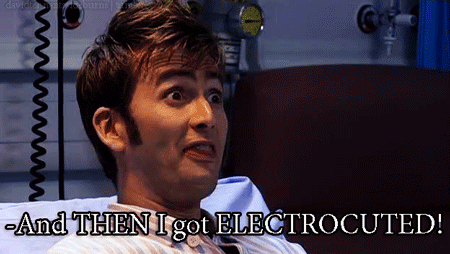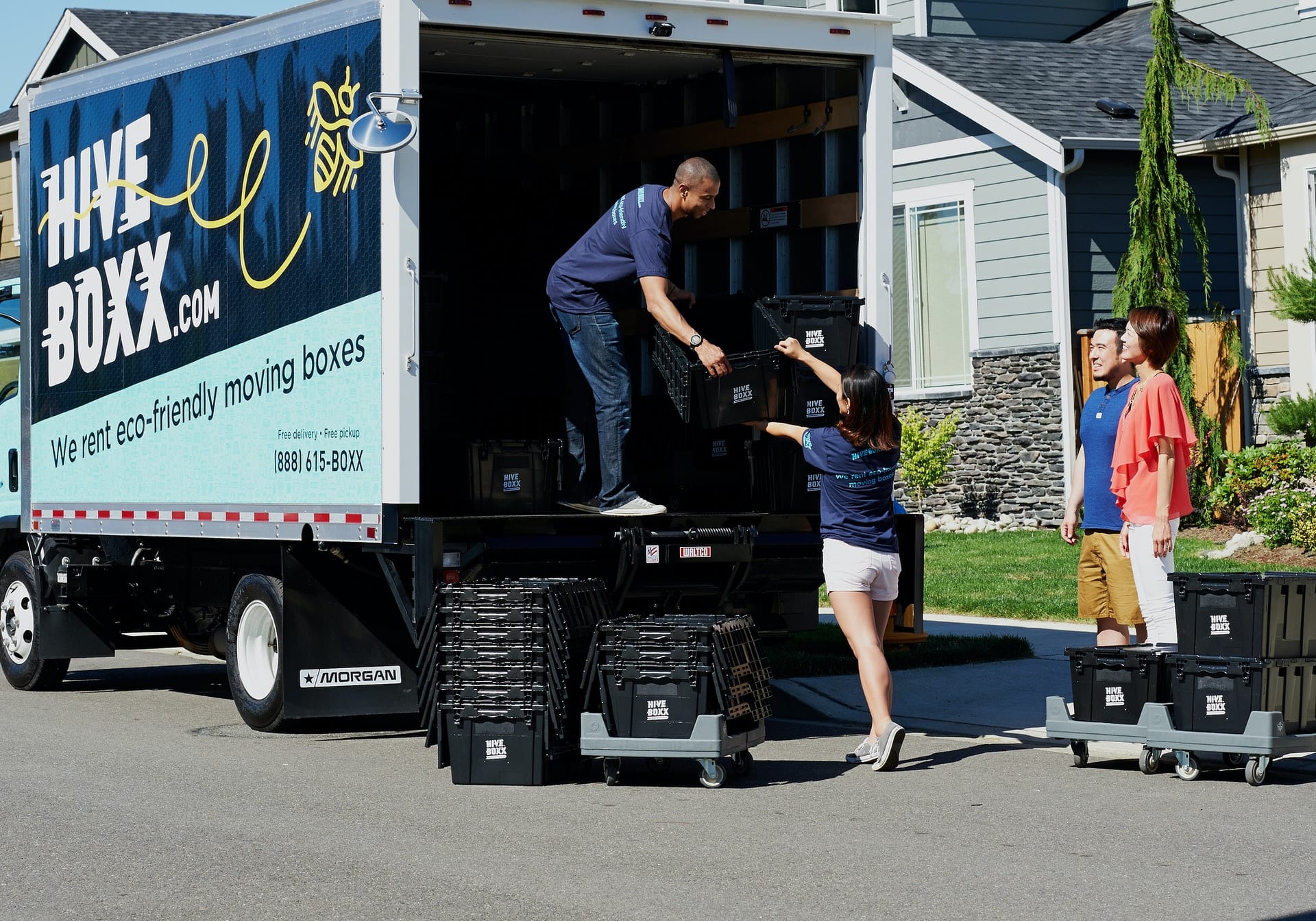
Home Inspection Checklist
If you’re wondering what your home inspection will include – then you’re in luck – we have the answers!
Don’t have time? We’re only kind of offended 🙂 Click below to download a complete printable home inspection checklist PDF.
Want all the nitty gritty details? We got you covered too.
Now, let’s talk home inspections – and what your inspector will be looking for!
What is a home inspection?
Just in case you’ve never had a home inspection – here’s a quick rundown. A home inspection is a visual examination of a home’s interior, exterior, structure, and major systems.
The purpose of a home inspection is to find any hidden problems that could be costly to repair or harmful to your health. As a home buyer – getting a home inspection before closing a deal is one of the smartest things you can do.
Home inspection checklist
This is what you all came here for right? It’s about time we get to the point!
Any home inspection will vary depending on the specific home – as each home is different. However, there are eight essential categories which without a doubt will be on your inspector’s list.
1. Exterior
Defects on the exterior of the home are usually noticeable – even without the trained eye of a professional inspector. Your inspector will be looking for:
- Cracks, peeling, loose pieces or damage to the siding
- Stains, old paint or peeling paint
- Clearance between the ground and siding materials on the walls
- Well-kept and healthy lawn/plants
- If the walls of the home are free from climbing vines & trees are planted far enough away from the home
2. Roof/Attic

Damaged or old roofs can lead to bigger issues, so your inspector will need to inspect the materials and integrity of the roof and roofing materials. The attic’s condition can affect the roof, and vice versa, which is why inspecting both is necessary.
Roof Items:
- What kind of shingles are used
- Condition of shingles
- Proper use of flashing
- No evidence of excess roofing cement, tar, or caulk
- Chimney condition (has proper flashing, bricks are intact, chimney is straight)
Attic Items:
- Insulation is present and installed correctly
- Proper ventilation through soffit vents
- Plumbing, exhaust or appliance vents do not vent into attic
- Electrical splices are all closed
- No evidence of damage or decay to structure
- Staining or water spots on ceiling
- Presence of intact or cut trusses
- General presence of moisture – especially near roof penetrations
3. Foundation/Grounds
If the home’s foundation is damaged, this can lead to costly repairs. Since the foundation of the home is essential to a home’s structural integrity, this is an item that will be inspected during every home inspection.
- Proper grading (drainage) away from base of home
- Downspouts and gutters in good condition and directed away from the home
- Sheds, detached garages, fences, desks, etc in good condition & free from rotting or termite damage
- Driveways and sidewalks aren’t cracked/shifting
- No standing water near home or in yard
4. Interior
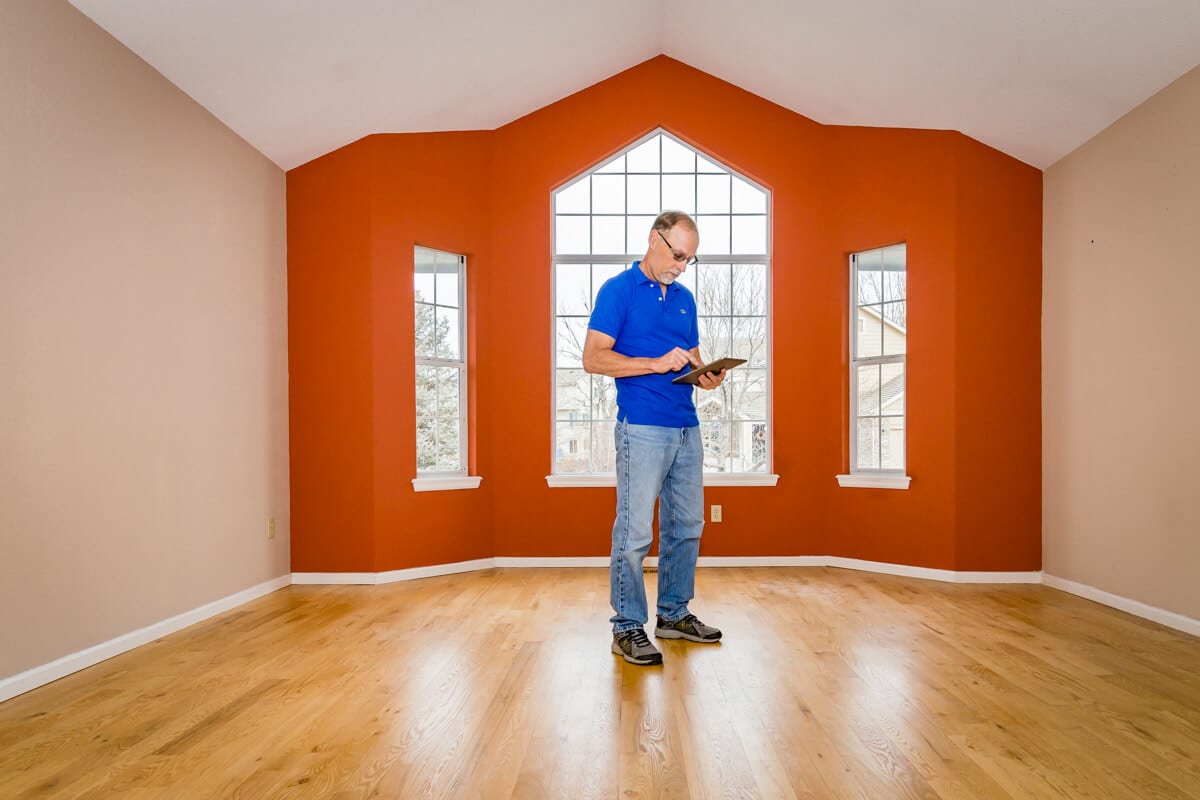
The interior of the home should be well maintained and free from damage. Every home will have typical wear and tear. However, the inspector will be looking for signs of abnormal damage – which could mean underlying problems.
- Walls and ceilings are painted & in good condition
- Cracks on walls or ceilings
- Windows latch, are intact, & sealed with caulk/weather stripping
- Doors leading to exterior are sealed & open/close easily
- Rooms are insulated & properly ventilated
- Walls and ceilings are free from moisture spots
- Flooring (especially hardwood) are level to the ground & free of moisture or soft spots
5. Structure
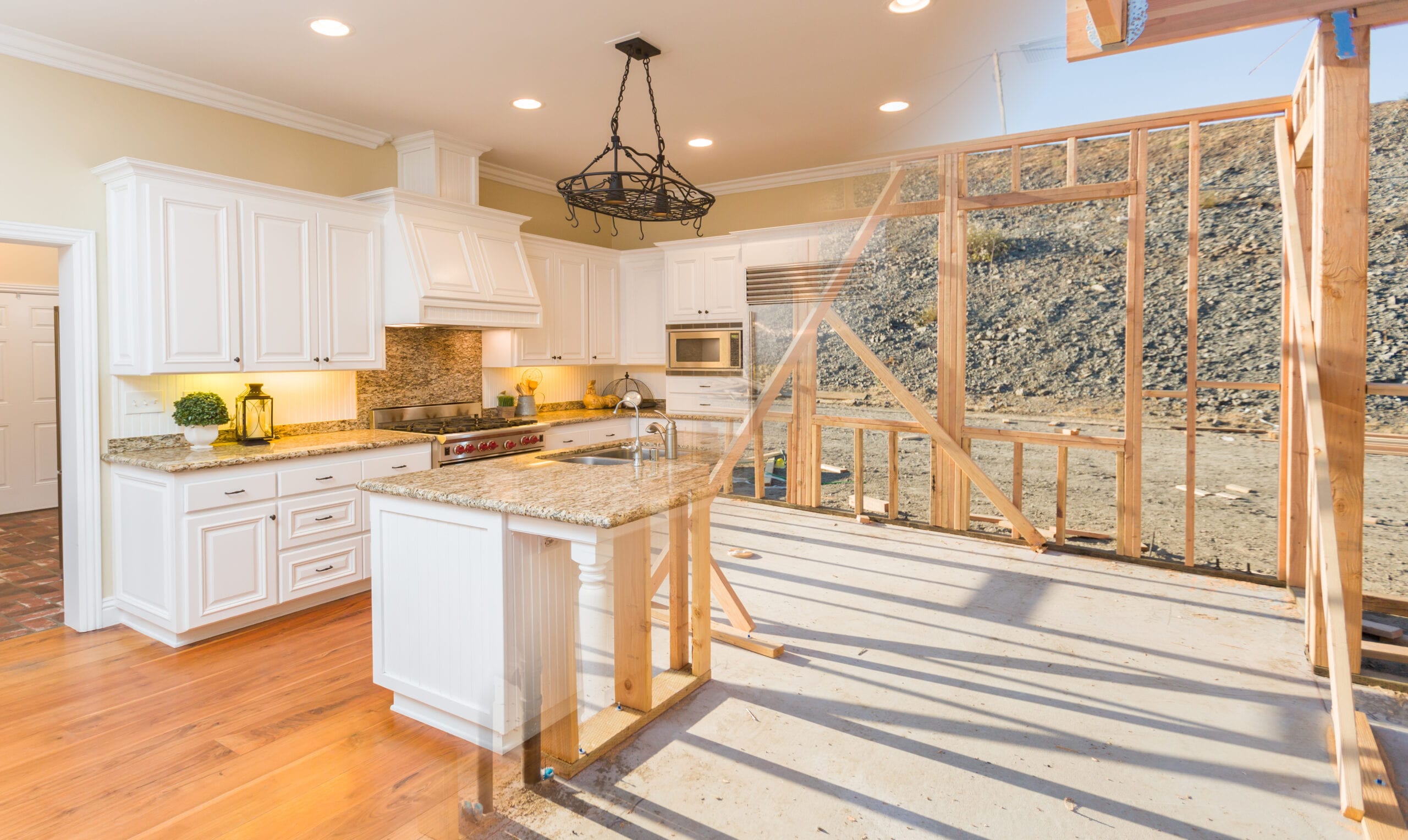
The structure of the home is the wooden framework that was built before drywall, insulation and anything else was added. The structure is the bones of the house, and if it is damaged or built incorrectly the home may be unsafe to live in.
- Foundation is in good condition – if the foundation is cracked or shifting this will affect the structural integrity of the home
- Door frames are straight allowing doors to swing in and out of the frame with ease
- Window frames are straight on all four sides & without gaps
- Ridge and fascia board lines are level & straight
- Baseboards around all interior walls are flush with the flooring & not lifting or separated
- Flooring (especially hardwood) is flat and not bowed or lifting
- Exterior walls are straight and free of bowing or sagging
6. Electrical
Electrical problems are dangerous and costly to repair if there is severe damage, so your inspector will be checking the electrical systems thoroughly. If your inspector finds defects in the home’s electrical systems, you should have a professional electrician out to determine the severity and cost to repair.
- DIY repair jobs – electrical systems should never be DIY jobs and this can cause significant damage to the entire system
- Light switches work & all bulbs light up (a bulb that isn’t lit may just need to be replaced, but can also mean faulty wiring)
- Absence of electrical faults
- Electrical circuits are evenly distributed and not overloading a single circuit
- All cables are attached to service panel with cable connectors
- Visible wiring is in good condition, secured, protected, & without exposed splices
- Branch circuits are free from aluminum cables
- All wall outlets are working & intact (not pulled out of the wall)
- GFCI outlets are installed where required (bathrooms, garages, crawl spaces, basements, laundry rooms & anywhere a water source is present.)
7. Plumbing
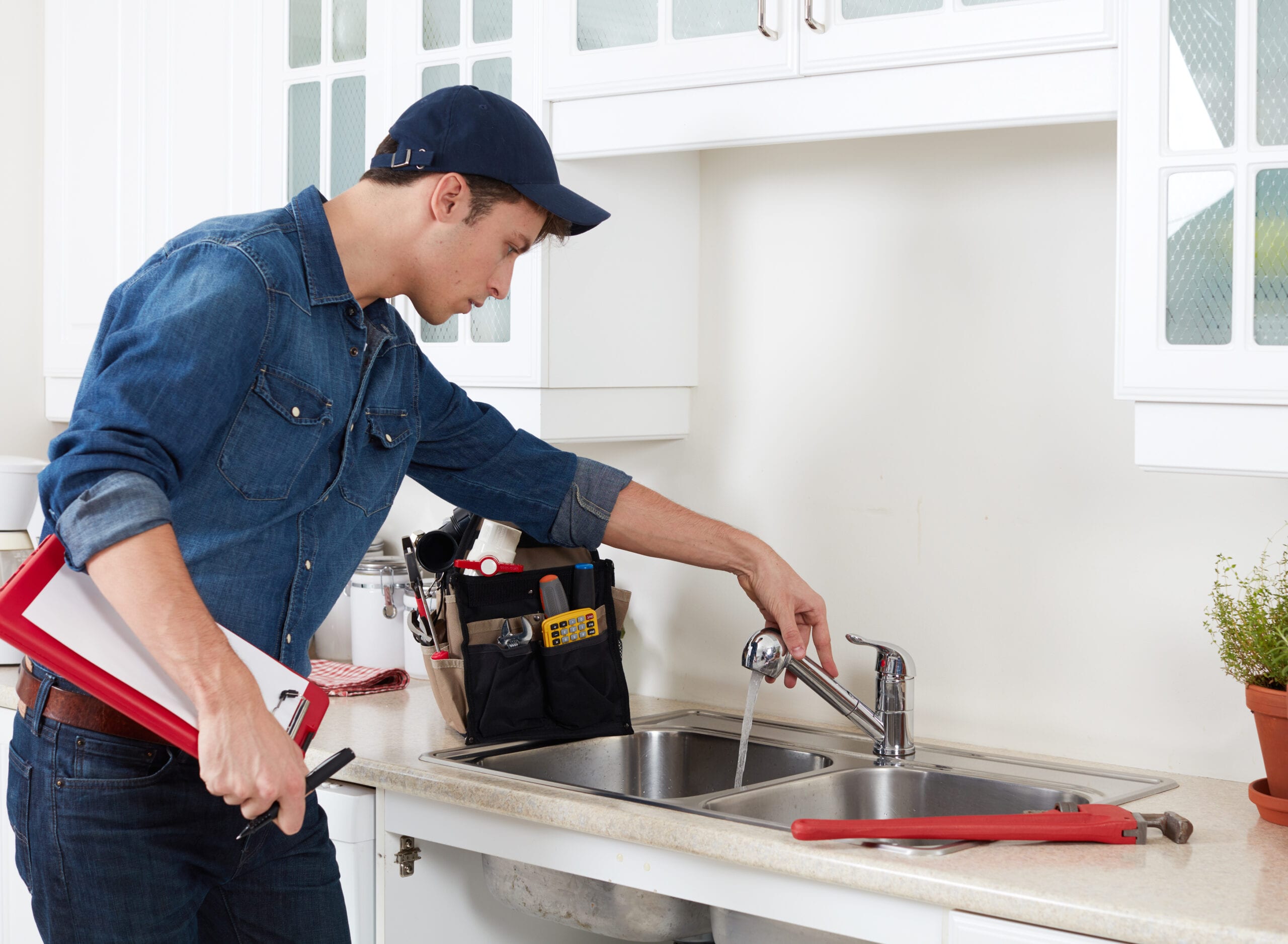
Plumbing problems are some of the most expensive repairs – and not something you want to deal with. Your inspector will check all plumbing systems and determine if a professional plumber should be contacted for further analysis.
- Visible pipes intact, free from damage
- Pipes are free from signs of leaking or staining on surrounding materials
- Toilets are dry around the base & free of warped or water-stained flooring
- Water heater working properly, free of rust, vented properly
- Water heater is adequate size conditional to number of beds/baths
- Water pump produces steady flow and doesn’t short cycle
- All faucets (indoor & outdoor) in working condition, sealed, & without leaks
- Hot water temp is between 118°F to 125°F (not under or over)
- Water runs clear through all faucets
- All drains are clear, don’t bubble, and drain at reasonable pace
- Sprinkler system working (if applicable)
- Yard is free from soft spots, without pooling or soggy areas
8. HVAC (Heating/Cooling System)

Although some homes don’t have an A/C system installed, most homes have a heating system. Your inspector will make sure the HVAC system is working and properly maintained, so you and your family will have a comfortable & safe home.
- Type of system (water heater or forced hot air)
- HVAC is in working condition
- If air system, air flows freely & evenly distributed through the home
- Flues slope up to chimney, no open seams
- Air filters are clean and maintained
- Ductwork isn’t damaged or old
- Separate flues for gas/oil/propane and coal/wood (if applicable)
- Absence of odor from gas
- A/C unit is working (if applicable) and free from rust
- Vents are clear and properly ventilated
Remember that each home is different, so there may be more items on your inspector’s checklist.
However, it’s safe to say that these eight categories will definitely be on your inspector’s list. Go through each section and write down any questions for your inspector.
No home is perfect, so your inspector will find a few defects. But that doesn’t mean that the home isn’t right for you!
Your inspector will talk you through their findings and help make sure you understand the current condition and what you might want to negotiate for.
%20(2).png?width=495&height=175&name=Untitled%20(495%20%C3%97%20175%20px)%20(2).png)
